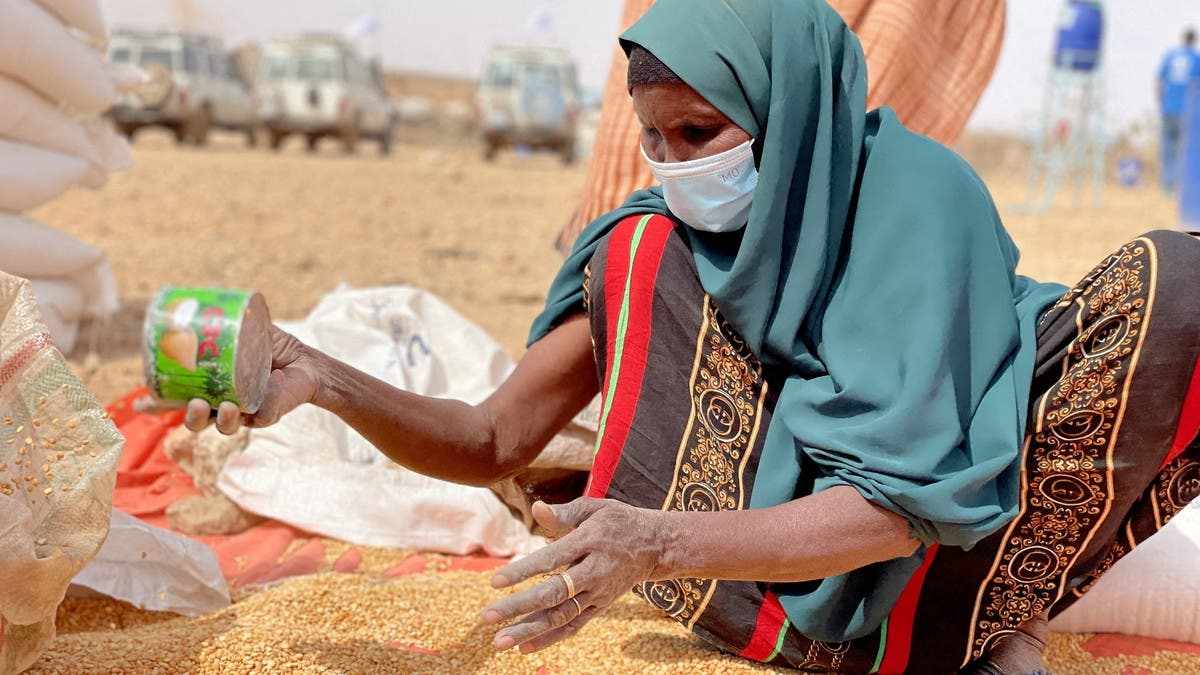Namibia’s energy transition: Moving from policy to climate action
- Date: 31-Oct-2021
- Source: World Economic Forum
- Sector:Oil & Gas
- Country:Middle East
Namibia’s energy transition: Moving from policy to climate action
Namibia's contribution to the fight against climate change is a ‘strategic bet’.
A key component of the country's energy transition is to leverage its natural endowments to attract much-needed foreign direct investment.
As it participates in COP26, Namibia has promised to reduce its emissions by 91% over the next five years.
Namibia is a small, vulnerable economy with an openness index of close to 80%. It relies heavily on rain-fed agriculture and imports more than 60% of its electricity needs. Yet, this unsuspecting territory of 2.5 million people is endowed with enough renewable energy potential to become a regional powerhouse that could significantly reduce sub-Saharan Africa’s reliance on carbon-based fuels.
Often, a key constraint to deploying large scale solar and wind assets is the limited amount of land given a country’s population density. When looking at land availability Namibia is uniquely gifted. Given its territory of more than 824,000km2, population of just 2.5 million people, and annual energy consumption of two and a half terawatt-hours, Namibia posts an energy-demand density score of three megawatt-hours per square kilometre every year. Land availability, therefore, is not a constraint to developing large scale renewable energy systems.
And this is before considering that






















